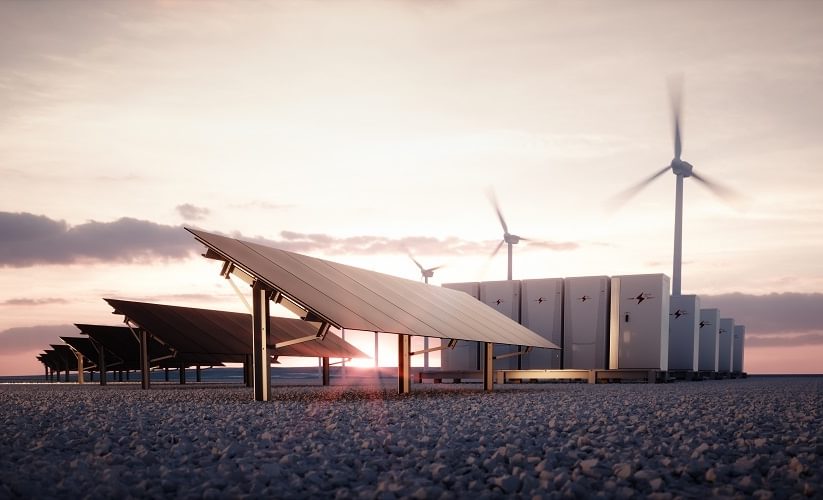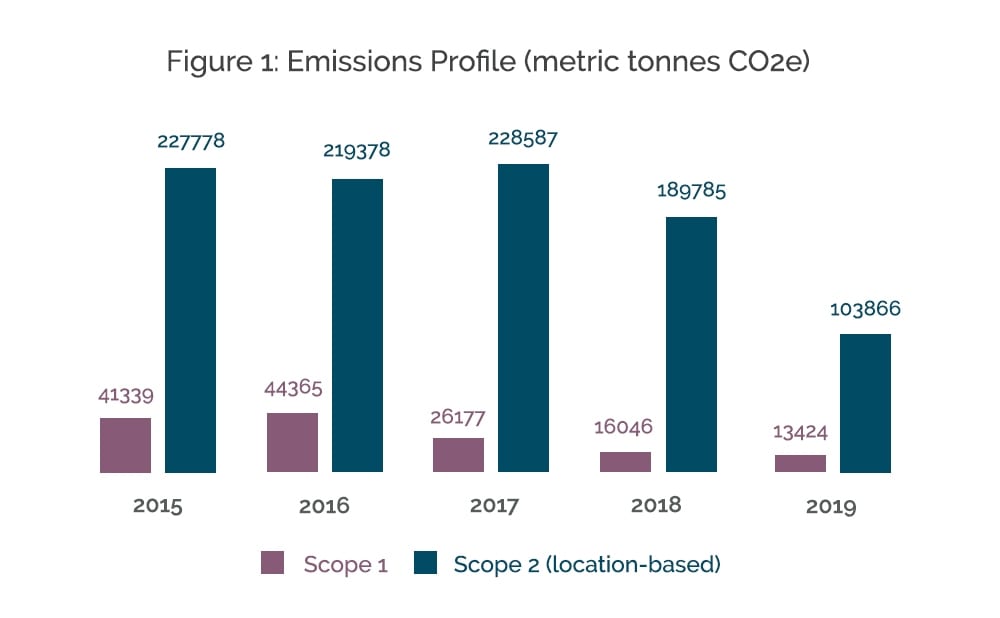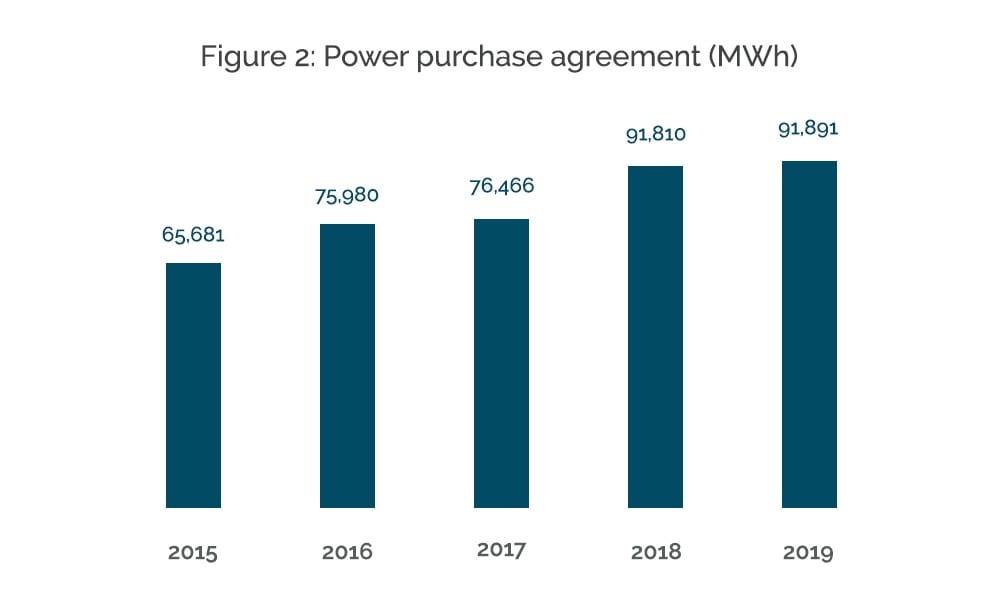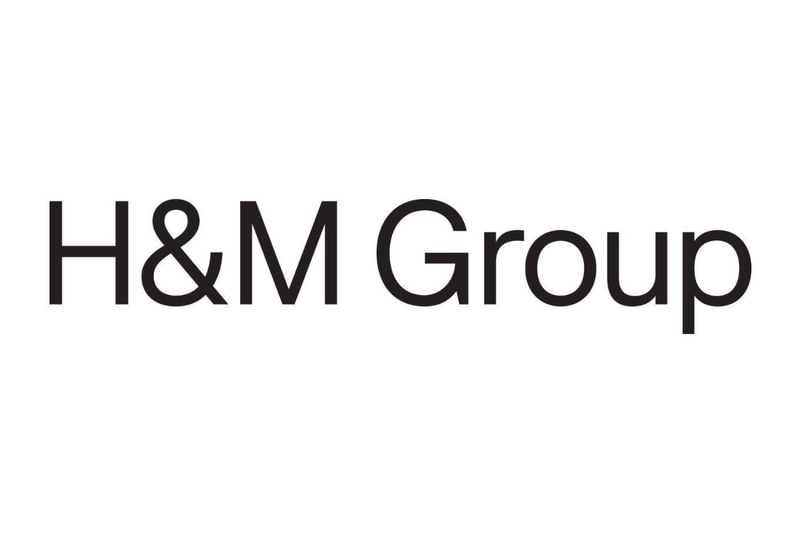
Case Study - Wipro
Wipro Limited is a leading global information technology, consulting and business process services company with over 160,000 employees serving clients across six continents.
Why did you set a Science-Based Target?
Wipro believes it must try to make lasting impact towards creating a just, equitable, humane and sustainable society. It recognises that environmental challenges are also economic imperatives, and sustainability is a key aspect in its approach to responsible corporate citizenship. Wipro has set science-based targets because it wants to align its emissions and activities with the latest climate science and Paris Agreement goals.
In October 2018, Wipro became the first Indian IT company, and third overall after Mahindra Sanyo Special Steel and Hindustan Zinc Limited, to have its emissions reductions targets validated by the Science-Based Targets initiative (SBTi).
“The SBTi has helped us take a comprehensive and integrated approach to carbon mitigation that covers all scopes, based on a global scientific consensus for carbon emissions reductions. Ultimately, science-based targets provide a language for communicating our intent across our value chain – from employees, to suppliers, to customers.”
Dinni Lingaraj, Senior Programme Manager, Wipro
Meeting the targets
Most of Wipro’s operations are in urban centres and its campuses are largely made up of offices and data centres. On site diesel-generated electricity makes up most of the company’s Scope 1 emissions, while its Scope 2 emissions come from electricity purchased from the grid.

An analysis of CDP 2019 data shows an overall decrease in Scope 1 and Scope 2 emissions over the five-year period from 2015 to 2019 (Figure 1). Scope 1 emissions have fallen by 68% since 2015, primarily due to a shift away from diesel-generated power in Chennai. Since then, Wipro has cut emissions by implementing advanced water system controls and transitioning from leased to owned facilities, helping to consolidate the company’s use of office space and reduce its carbon footprint.
Similarly, Wipro has reduced Scope 2 emissions by 54% since 2015, primarily from energy efficiency improvements in buildings. Measures included server rationalisation and virtualisation programmes, replacing motors and drives, improving air conditioning fans, retrofitting, and procuring renewable energy in the form of power purchase agreements (PPAs). Wipro has increased renewable energy procurement through PPAs by 40% since 2015, according to CDP data (Figure 2). So far, the company has been successful in achieving 28% of its Scope 1 and Scope 2 science-based targets.

Wipro’s Scope 3 GHG emissions mainly consist of business travel and employee commuting. To address these, Wipro has improved access to public transport for employees, and launched a carpooling mobile app that has cumulatively saved over 2100 tonnes of CO2 equivalent since its inception. The company has also developed processes that enable remote working and collaboration. From these measures Wipro achieved an air travel footprint reduction of 21% between 2018-2019. Wipro has also adopted the Electronic Product Environmental Assessment Tool (EPEAT) standard for IT hardware procurement, which helped to bring down GHG emissions by a further 600 tonnes of CO2 equivalent in 2019.
In July 2019, Wipro signed the 1.5⁰ C pledge and in the near future will align its science-based targets with a 1.5⁰ C scenario.
This case study was prepared in February 2020 by CDP India



